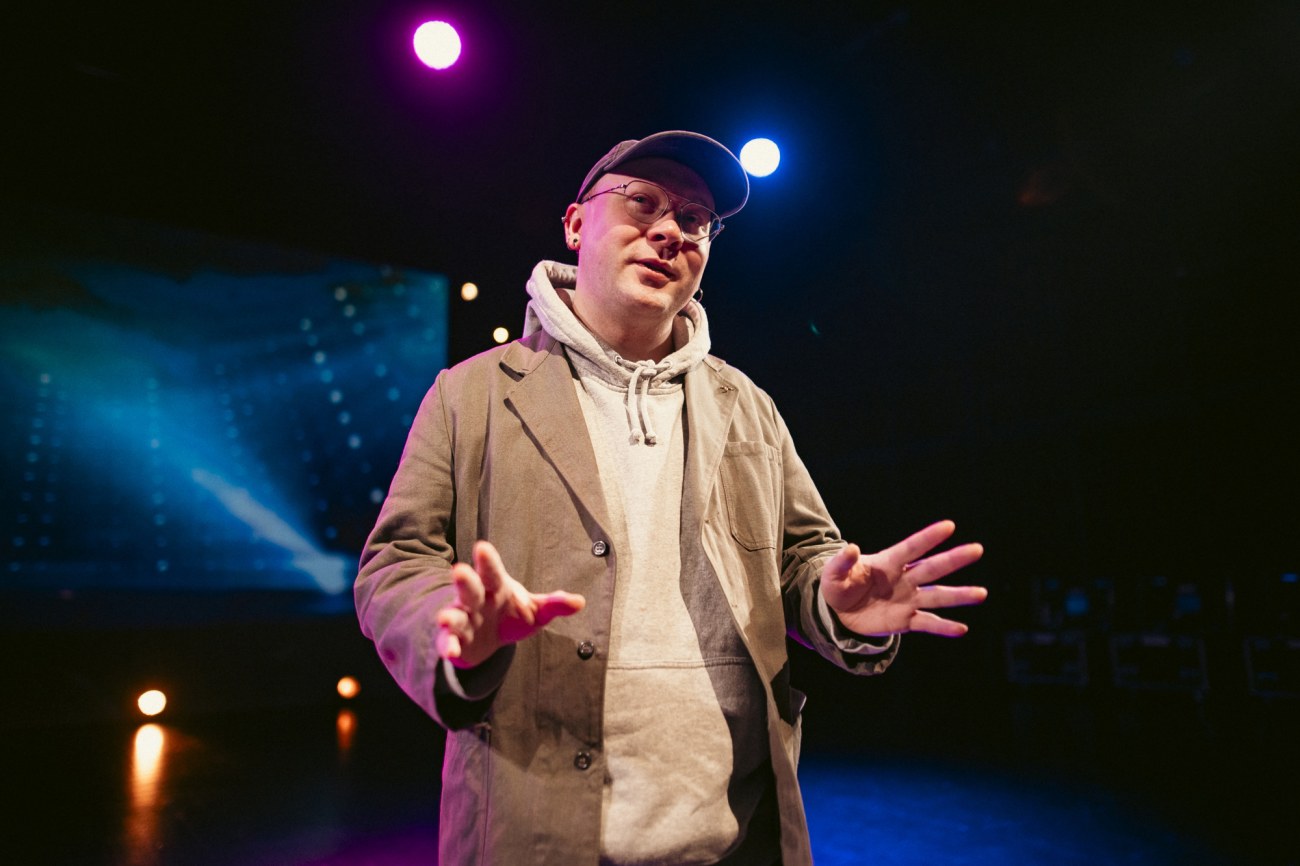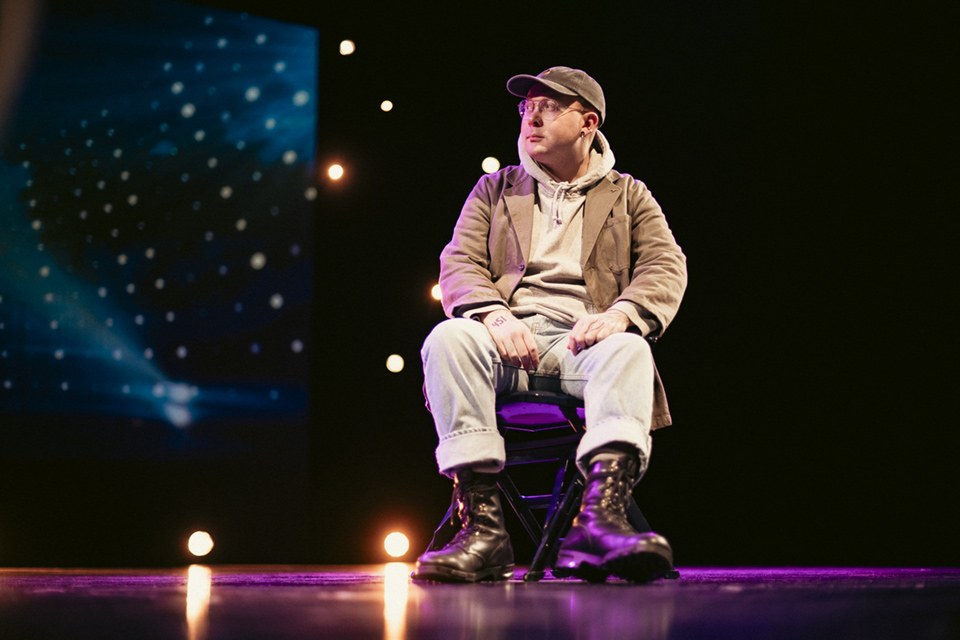Aska Mayer transforms experimental gaming practices into sustainable solutions

“We’re literally playing with augmentation, both within the game and when interacting with game technology,” says Aska Mayer, a doctoral researcher at Tampere University, who explores how people experiment with augmentation technologies in playful and creative ways.
Mayer’s academic journey began with the study of crisis representation in art and new media, eventually leading to the intersection of gaming culture and biotechnology. Their interest in human augmentation emerged during master’s studies, as they shifted focus from post-apocalyptic narratives to science fiction games, discovering a unique interplay between gaming culture and technological innovation.
“Digital games within science fiction are permeated with cyborgs and augmented environments,” explains Mayer. “At the same time, playing games is increasingly an augmented experience, with virtual and augmented realities, and vibrating vests. Fictional technologies are extending into reality and vice versa.” This interplay between imagined and real-world augmentation fascinates Mayer, who sees it as a bridge between creativity and practicality.
Rather than focusing on the serious or commercial uses of augmentation, Mayer highlights how experimental approaches can inspire innovative, socially sustainable technological development. By studying practices often driven by grassroots, non-institutionalised groups, Mayer reveals how modular and resource-efficient methods challenge market-driven narratives and offer more accessible and adaptable solutions.
Mayer’s research aims to show how these playful and experimental approaches could inform resource-saving strategies for technological development. “The increasing general scarcity of resources is already a major global issue,” notes Mayer.
What we hope to present by looking at playful peripheral practices is an applied and tested example of technological development that is non-linear, resource-saving, and can be socially sustainable in the long term.
Aska Mayer

The multidisciplinary environment of the CONVERGENCE project allows collaboration with experts from fields as diverse as design, biology, and robotics. “Finding a common language between disciplines takes a lot of work and reflection, but luckily pays off in the end,” says Mayer. “Even in the first months of the project, it was already possible to find some unexpected connections between the different projects within CONVERGENCE and to get some input from fields I’ve never worked with before.”
Drawing on their background in art and media history, Mayer also finds inspiration in historical reflections on augmentation. From medieval imaginings to the narratives of the Industrial Revolution, they see a long-standing fascination with enhanced capabilities that informs today’s gaming culture and technological advances.
While Mayer is cautious about predicting the future of human-machine interaction, they stress the importance of addressing current challenges and opportunities. “Rather than trying to imagine a future that may never come, we should focus on the current different modes and challenges of human-machine interaction on a global scale,” Mayer suggests. By translating playful practices into sustainable technologies, Mayer aims to broaden the social and cultural implications of human augmentation.
Combining insights from gaming culture with real-world challenges, Mayer’s research offers a roadmap for rethinking augmentation as an inclusive and adaptable process. Whether influencing the way designers approach new technologies or encouraging more sustainable development practices, their work highlights the untapped potential of creativity and play in shaping the future of human-machine interaction.
 Photo: Antti Yrjönen
Photo: Antti YrjönenEach CONVERGENCE doctoral researcher has two main supervisors. The main supervisors of Frans Mäyrä and Roope Raisamo. Mayer's topic is titled 'The Future of Human Augmentation in Games.'
This series of articles introduces the doctoral researchers of the CONVERGENCE project at Tampere University, an initiative blending natural sciences and engineering with social sciences and humanities. CONVERGENCE aims to bridge the gap between technology and humanity, exploring areas like affective computing, augmented reality, and AI. You can read more on the project website.
Funded by the Jane and Aatos Erkko Foundation.
Text and photos by Antti Yrjönen
Stage and lights by Carlos Portilla Lopez
Venue Teatterimonttu, Tampere University, City Centre Campus




















